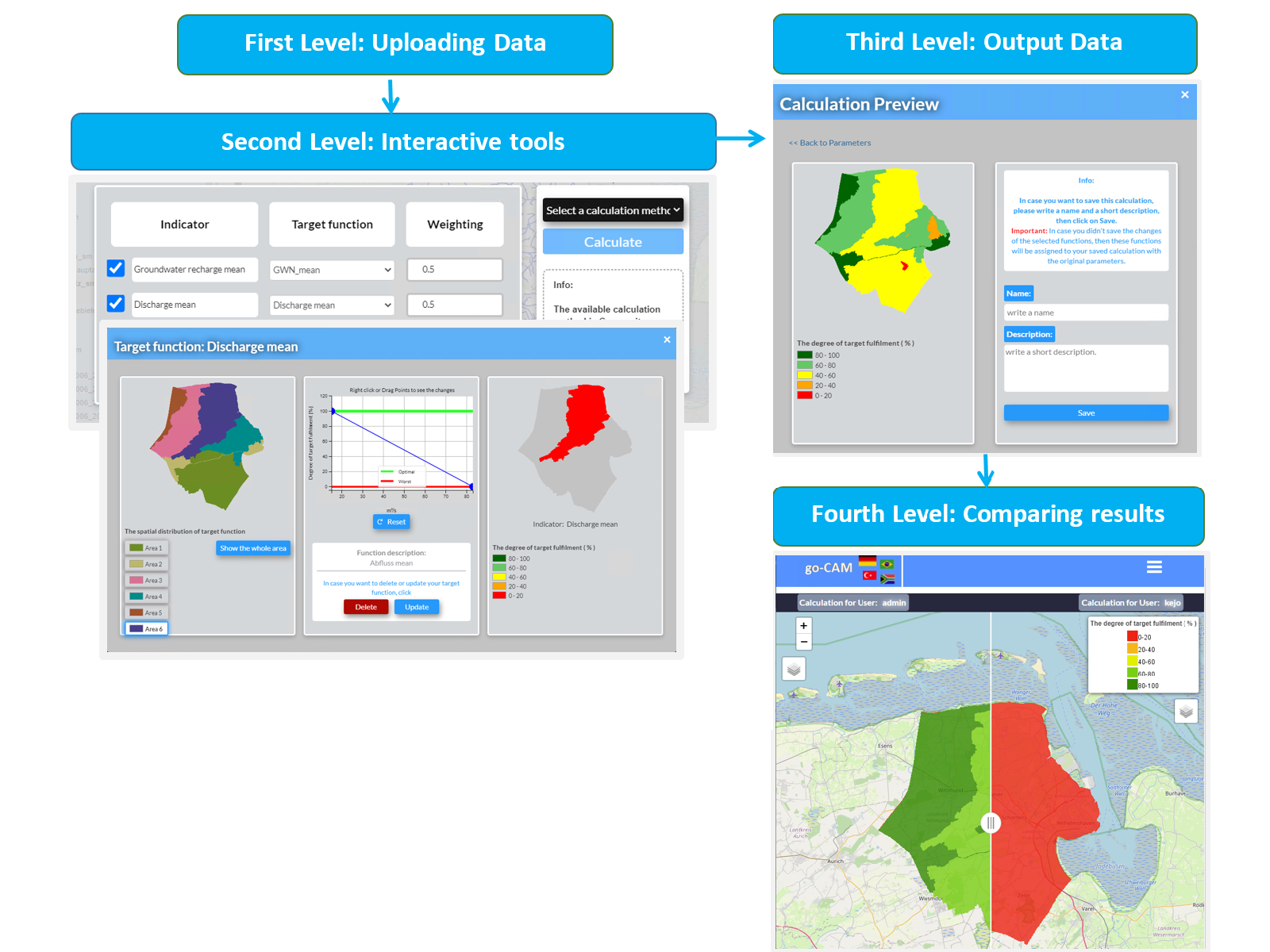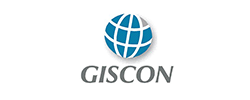The online platform CAM was developed to systematically save water indicators generated from climate and demographic scenarios using multi-criteria decision analysis techniques (MCDA). It also enables transparent evaluation/analysis by stakeholders in coastal water management.
The CAM platform offers a bundled and comprehensible representation of the current and future state of coastal hydrology and water management and enables the visualisation and assessment of the effects of future changes. These changes can be made visible with the CAM and serve as a basis for evaluation and discussion by stakeholders. This makes it possible to develop integrated adaptation strategies and to evaluate new model calculations in the CAM.
The first version of the CAM dialogue platform is online and accessible to various users such as water agencies, competent authorities, water suppliers and soil and water associations worldwide.
Since the platform was developed as part of a joint research project (go-CAM), it is subject to a constant development process. Although the idea and realization of the CAM platform arose out of the challenges in the coastal water management, it is also applicable to other geographic regions.
The CAM platform can be divided into four levels (processing phases):
- Data import of calculated water indicators from scenarios, target functions, additional metadata.
- Interactive selection, parameterization of the objective function and weighting of indicators of the simulated adaptation measures.
- Individual evaluation of the “scenario indicators” via MCDA (indicators – target functions) by the actors involved, visualization of the evaluation.
- Participatory dialogue process between the actors; changes to the evaluation criteria (target functions) if necessary; consensus-finding phase.
The online CAM platform is available at gocam.giscon.de.


